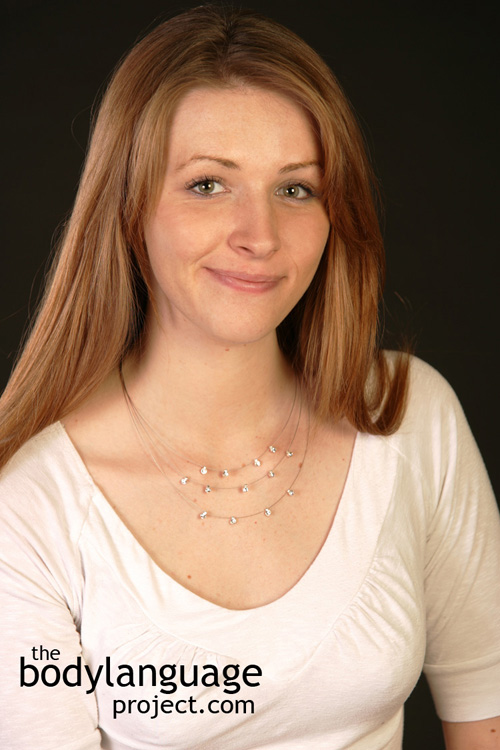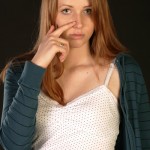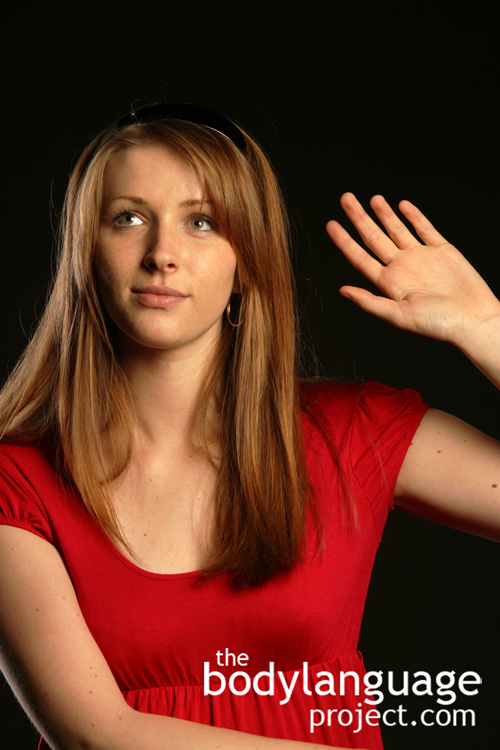It might not surprise you to know that everyone needs time alone every once in a while, or even once a day, but what might surprise you is that we actually need time to ourselves minute by minute. All day long we are bombarded with a multitude of people, from our coworkers, to our spouses, friends, to cashiers at stores and those who share our commute with us in the streets. Even with almost seemingly endless social interaction the research shows that every three seconds, on average, we ‘slip away’ to be with our own thoughts and to internalize what is happening around us. This ‘downtime’ allows our brains the time it needs to process, the information that is happening all around us.
We know someone is in downtime by their body language which includes having the head titled away or to the side, shifting the shoulders at an angle, or looking to the right or left for a fraction of a second. The eye patterns in downtime are what psychologists call ‘conjugate lateral eye movements.’ All these cues are tells that the mind has moved into processing mode and is no longer accepting new information. Other cues indicating emotional downtime include pauses in breathing, subtle chewing of the lips, or very brief eye freezes or glazing over.
Knowing about downtime can be used to our advantage so as to give people enough time to take in the new information presented rather than overwhelming them, confusing them and possibly putting them off for good. The simplest way to do this is to watch for downtime cues and then pause or slow speech accordingly. This will give the listener enough time to look away momentarily and process the information. Once we learn about someone, and their character, it will be easy to find their cues to downtime and therefore proceed at a reasonable pace for them specifically.
A second type of downtime is more extended, and happens in the absence of other people. The purpose of this downtime is to escape daily stress and pressure, and to help us recover. The need for downtime is obvious. We become stressed or over-stimulated, our thought process becomes hazy and we can’t think straight. Our faces will also become blank and expressionless, and our eyes will glaze over and be unmoving. Other times we feel under-stimulated and detached from what is going on around us, and feel that we need to get away to re-connect. During this period we begin to withdraw by avoiding eye contact, dropping our heads and shoulders, and switching off our ears. We may zone out in such a significant way that we have trouble even feeling someone if they happen to brush up against us. When downtime like this happens around other people we’re asked to ‘snap out of it’ only to reply with “Sorry, I was zoned out” or “I must have spaced out.” The most respectful thing to do when you notice someone in this state, is to leave them be, instead of interrupting them. Remember that they slipped into downtime for good reason, it’s not just to ignore you! In fact, as we saw, it has much less to do with negative reasons, than personal constructive ones. Downtime serves to relax the minds and set it back onto the right course before getting back to business.







